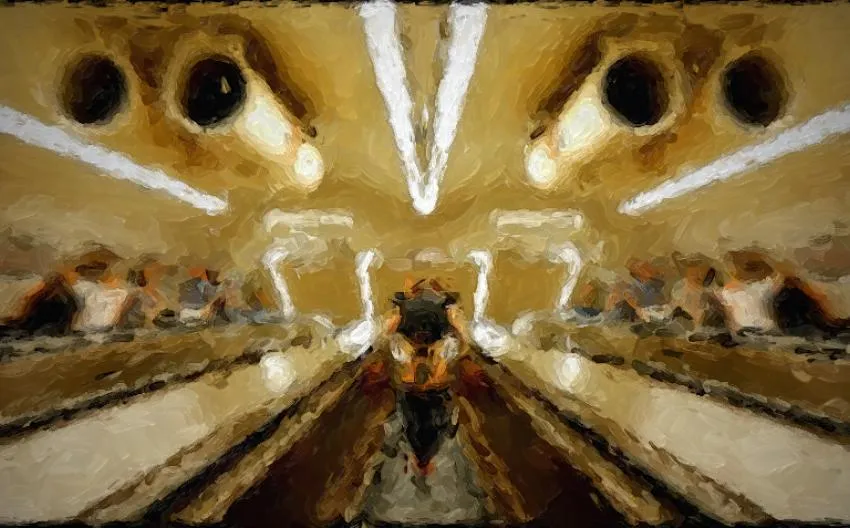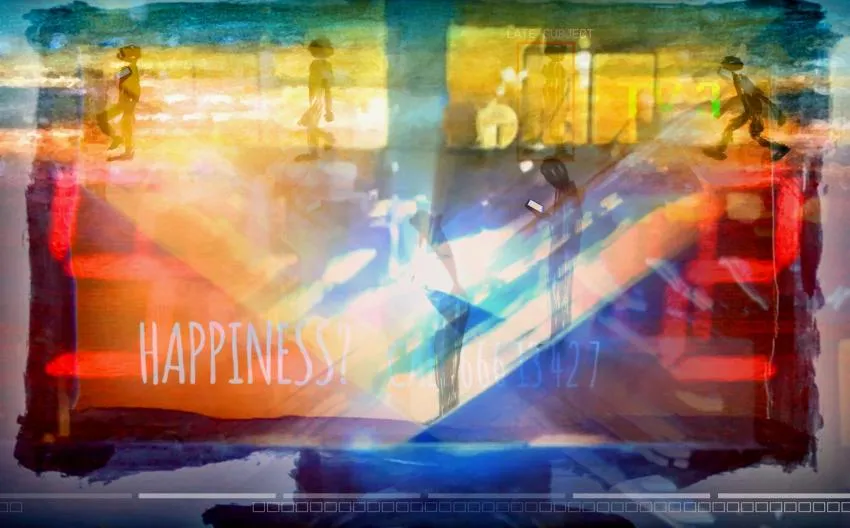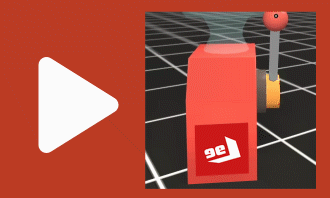- Log in to post comments
The artistic research project "Digital / Analogue" by Reinhold Bidner (gold extra) and Florian Berger (Ars Electronica Futurelab Researcher and freelance programmer) included the artistic research approach of simulating hand-painted, analog animation styles using shader programming.
The project therefore addressed the following question: to what extent is it nowadays with digital techniques possible to approximate animation styles such as paint on glass / sand animation or hand-drawn animation?
During the research process, various methods were evaluated to recreate pencil or chalk drawings or water- and oil-color aesthetics onto photographic or video material. These methods are explained in a simplified manner below, an essential part of the process is the calculation of local gradients in different scales:
a) An output image can be blurred normally to its local gradients, which results in a smearing effect similar to a brush (e.g. Van Gogh, Munch).
b) Or it is blurred parallel to its gradients, which results in a "color bleeding" similar to painting with water colors.
c) The strength of the gradients is also essential.
d) In the process of pencil drawing, the draftsman has preferred stroke directions. These can be simulated by calculating (or emphasizing) lines only at certain angles. Depending on the deviation of the local brightness-gradient from these angles, a line is drawn thicker or thinner. This gives an overall impression similar to a hand-drawn image.
e) Furthermore, with the means of multi-step calculations also complex procedural effects such as the bleeding of ink on blotting paper or similar techniques can be generated.
These methods have been tested on different videos, in the process the following conclusion resulted:
An animated film is made up of many factors and sub-areas, to name a few: Disney's 12 animation principles (e.g. timing, weight, exaggeration, appeal), character design, storytelling, image montage and color language, movement, rhythm and music. The right combination and composition of numerous individual parts creates the magic of animated films, each of these individual parts and their digital simulation could be a separate research topic, and combining several of them would result in a very broad research field.
Thus, the virtuosity that animation artists combine these factors with one another cannot be simulated in a trivial way, especially since it is also subject to cultural particularities. Nevertheless, during the process, good approximations to a wide variety of analogue techniques could be achieved, and especially the combination of "analogue" with today's digital options can offer new possibilities for animation artists and can produce engaging new creations.
New animated film Time o the Signs
Based on the experience gained in this research project, Reinhold Bidner has developed a new animated film called Time o the Signs. Some of the methods mentioned above - primarily oil-color aesthetics were used for the backgrounds of the film, that are based on photo- or video material which was then combined with digital effect shaders for the film.
For the foregrounds e.g. the animated elements and characters - a lot of classic animation work was still essential. Nevertheless a certain amount of work was certainly saved with the help of the experience of the research project "Digital / Analogue". The following is a Vimeo link to a 20-second trailer of "Time o the Signs":
Time o the Signs - Trailer - Reinhold Bidner from Reinhold Bidner on Vimeo.








